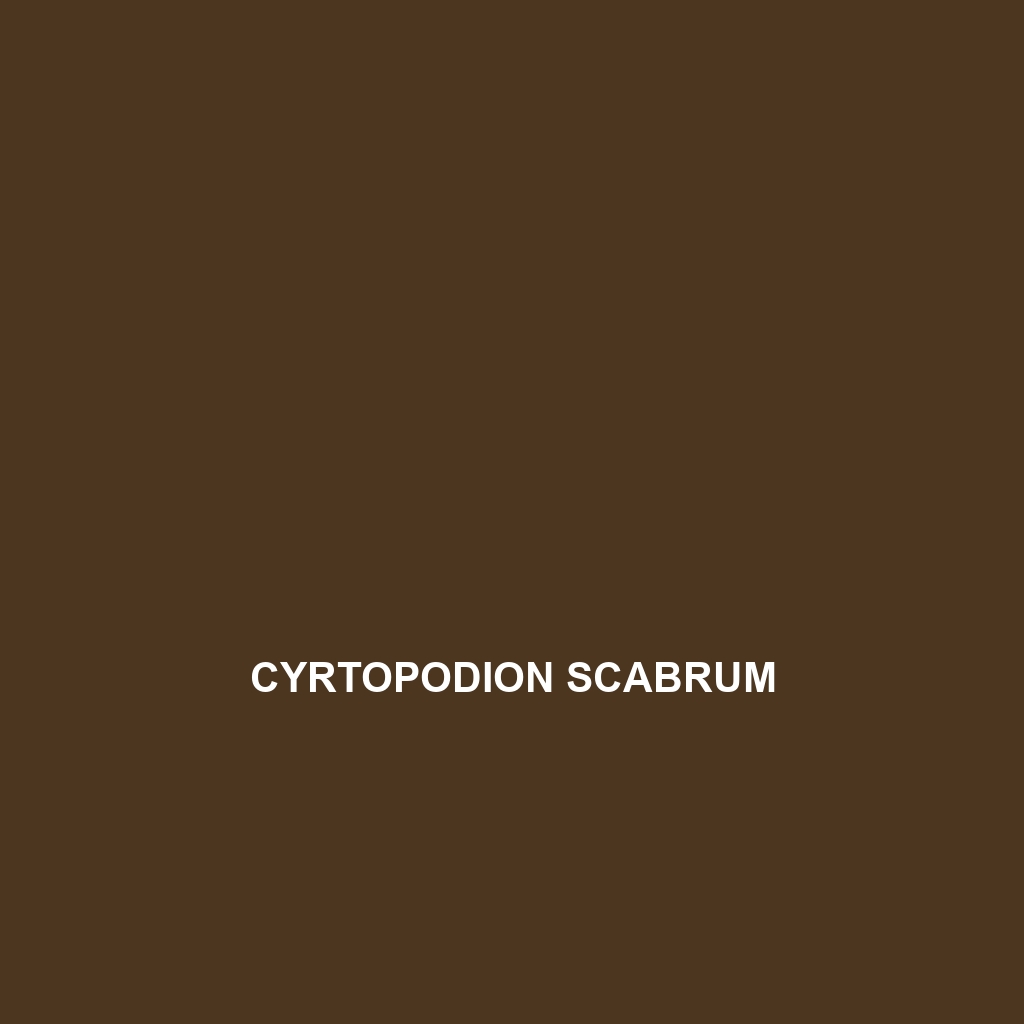-

Darevskia mixta
stunning Darevskia mixta, or mixed Darevsky lizard, a vulnerable species native to the rocky outcrops and grasslands of the Caucasus, characterized by its vibrant green, brown, and yellow colors and agile movements. This diurnal lizard thrives on a diet of small insects and plays a crucial role in its ecosystem by helping control insect populations.
-

Darevskia dryada
Darevskia dryada, known as the dryad lizard, is a diurnal reptile found in Eastern Europe’s temperate forests, characterized by its slender body, vibrant green or brown coloration, and distinctive dark spots. This vulnerable species thrives in moist, rocky habitats and plays a vital role in its ecosystem by controlling insect populations.
-

Darevskia clarkorum
Darevskia clarkorum, a vibrant lizard native to the Caucasus regions of Georgia and Russia, known for its diurnal behavior and distinctive coloration that aids in camouflage. This species thrives in rocky outcrops and shrublands, preying on small invertebrates and playing a crucial role in maintaining ecological balance within its habitat.
-

Cyrtopodion watsoni
Cyrtopodion watsoni, or Watson’s ground gecko, a vulnerable species native to the arid regions of Central Asia. Measuring 8 to 10 centimeters in length, this nocturnal gecko is known for its distinctive large eyes and ability to blend into rocky environments, primarily feeding on insects to maintain ecological balance.
-

Cyrtopodion scabrum
Cyrtopodion scabrum, or scabrid gecko, a nocturnal reptile native to the rocky and arid regions of Central Asia. Ranging from 7 to 10 cm in length, this resilient insectivore features a distinctive tan to grayish-brown coloration with rough, textured skin for optimal camouflage and climbing ability.
-

Cyrtopodion persepolense
captivating Cyrtopodion persepolense, a vulnerable gecko species from Persia, measuring 10-15 cm with sandy yellow to light brown coloration. This nocturnal predator thrives in arid rocky habitats, primarily feeding on insects and exhibiting remarkable climbing abilities and tail regeneration.
-

Cyrtopodion kohsulaimanai
Cyrtopodion kohsulaimanai, a vulnerable species found in arid southeastern Asia, exhibits distinctive sandy coloration and measures 10 to 15 cm in length. Primarily nocturnal, it feeds on insects and plays a crucial role in its ecosystem as both predator and prey.
-

Cyrtopodion fortmunroi
Cyrtopodion fortmunroi, a small to medium-sized gecko native to the arid regions of Iran and Turkmenistan, known for its excellent camouflage and nocturnal hunting behavior. With a diet primarily consisting of insects, this species plays a vital role in its ecosystem while showcasing remarkable agility and reproductive traits.
-

Cyrtopodion gastrophole
Cyrtopodion gastrophole, a vulnerable gecko species native to arid regions of the Middle East and Central Asia, known for its slender body, impressive camouflage, and nocturnal behavior. With a diet primarily consisting of insects, it plays a vital role in maintaining ecological balance within its habitat.
-

Cyrtopodion baigii
Introducing the Cyrtopodion baigii, also known as Baig’s Wall Gecko, a medium-sized, nocturnal gecko native to the rocky habitats of Central and South Asia. With its distinctive broad-headed profile and sandy brown to gray coloration, this species is vital for controlling insect populations and plays a crucial role in its ecosystem.
Search
Popular Posts
-
Lampropeltis abnorma
Discover the striking Lampropeltis abnorma, or Central American Kingsnake, known for its vibrant coloration and smooth, glossy scales. Found in Central America’s tropical rainforests, this nocturnal predator plays a crucial role in its ecosystem by controlling pest populations and maintaining balance among small mammal and reptile communities.
-
Lamprolepis smaragdina
The Emerald Tree Skink (Lamprolepis smaragdina) is a vibrant, arboreal reptile native to tropical rainforests in the South Pacific, recognized for its striking green coloration, slender build, and prehensile tail. Primarily insectivorous, these skinks thrive in humid environments and play a vital role in maintaining ecological balance within their habitats.
-
Lamprolepis nieuwenhuisii
Discover the stunning Lamprolepis nieuwenhuisii, also known as the Nieuwenhuis’ Wrinkle-scaled Lizard, native to the rainforests of Southeast Asia. This fascinating species is characterized by its unique wrinkled scales, vibrant coloration, and agile movements, playing a vital role in its ecosystem as both a predator and prey.
Categories
Tags
animal adaptations (850) animal behavior (4898) animal reproduction (830) behavior (920) biodiversity (7464) conservation (1670) conservation efforts (1649) conservation status (5327) diet (2102) echolocation (822) ecological balance (1841) ecological role (1702) ecology (796) ecosystem (1469) ecosystem role (2797) endangered species (2472) environmental conservation (782) habitat (3269) habitat conservation (1030) Habitat Destruction (1243) habitat loss (3223) insectivorous reptiles (825) IUCN Red List (1720) lizard reproduction (801) nocturnal animals (2738) nocturnal behavior (2473) nocturnal reptiles (891) physical characteristics (2032) reproduction (2880) reptile behavior (805) reptile conservation (1148) reptile reproduction (842) rodent species (1325) seed dispersal (2115) Seed Disperser (971) small mammals (1166) snake behavior (766) snake diet (872) snake reproduction (939) South America (801) tropical forests (944) Vulnerable Species (4739) wildlife (2510) wildlife conservation (5021) wildlife protection (947)



